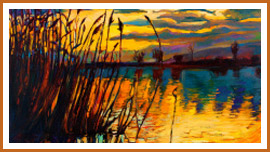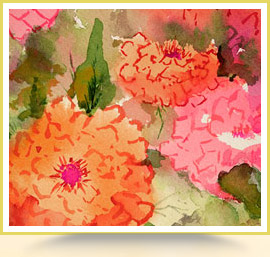
As a child my first trip to the Metropolitan Museum of Art in New York City exposed me to a variety of art forms for which I have continued passion.
To this day painting, sculpture, architecture, design, and illustration, along with literature, music, and dance continue to instruct me in the value of looking at things from different perspectives, the power of symbol, and the myriad possibilities that arise as a result.
Like art, the practice of psychoanalytic and psychodynamic psychotherapy promotes a view from all angles into what someone is struggling with without judgment or preconceived notion.
Our symptoms tell a story and our personal histories and those of earlier generations in our families influence us in ways we may not readily be aware of.
With the development of understanding and insight comes an increased experience of agency. New possibilities previously obscured are illuminated.
Feeling heard and understood are the cornerstones to building trust in a psychotherapeutic relationship.
This experience of being deeply known by another allows for an examination of feelings or aspects of your life you may be unaware of or have had difficulty looking at alone.
Uncovering and investigating these often hidden or disguised influences provides the foundation for reducing anxiety and depression, healing trauma, improving relationships, and being able to function with a greater degree of choice.
All parents experience stress at times in their parental roles.
Children are developmentally and psychologically complex and whether a child joins a family through biology, surrogacy, or adoption they are unique and separate from the beginning. As a result, attuned parenting is not always easy.
 In my work with parents I aim to assist people in strengthening their bonds with their children through an understanding of what each brings to the relationship.
In my work with parents I aim to assist people in strengthening their bonds with their children through an understanding of what each brings to the relationship. 
Appreciating the developmental tasks from multiple perspectives enables parents to help their kids grow in resilient and confident ways.

The depth of sorrow over the death of a loved one, a serious health issue, or a personal loss can leave one feeling as though they’ll never recover.
 People can become stuck.
People can become stuck. 
Using the analogy of a river and its flowing water it becomes possible to view grief as a process that one can not only move through but move with to bring past, present, and future into focus.
Trauma disrupts connection between past and present and experiences of oneself. It damages feelings of safety and interrupts smooth transitions between feelings.
You may have difficulty sleeping and may find yourself afraid to go places or see people that remind you of what happened.
You may feel irritable, or numb, or have difficulty concentrating. These feelings may alternate with one another causing confusion and distress.

Working with trauma begins with the respectful listening of another.
 In this way you are not alone with your feelings as you were in the original traumatic experience.
In this way you are not alone with your feelings as you were in the original traumatic experience. 
Together we will work to create increased feelings of safety and to bring together a coherent self-image forged from respect, much like the Japanese art of kintsukuroi or “golden repair”.